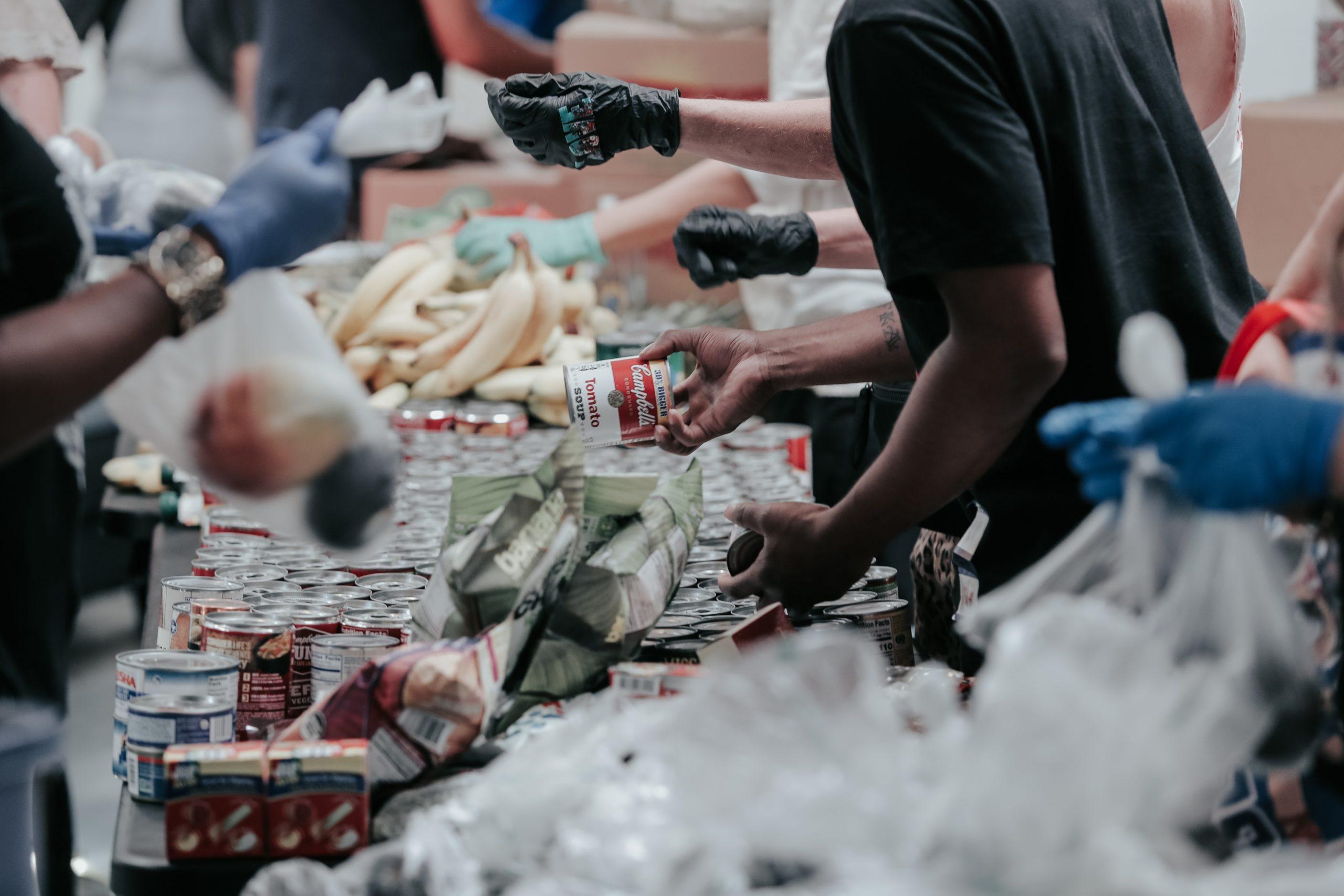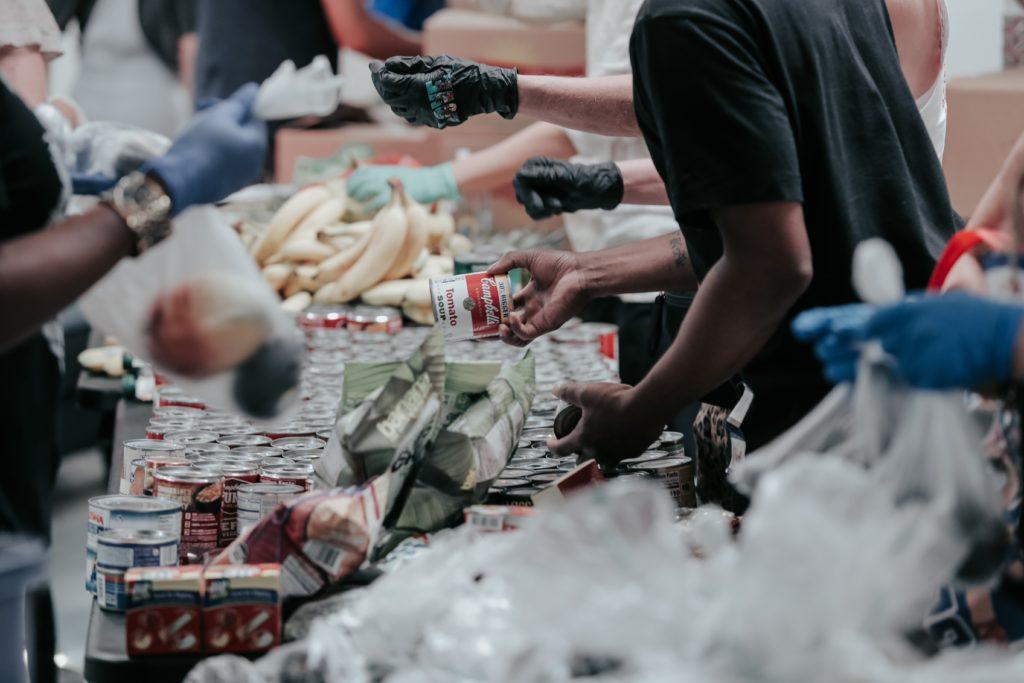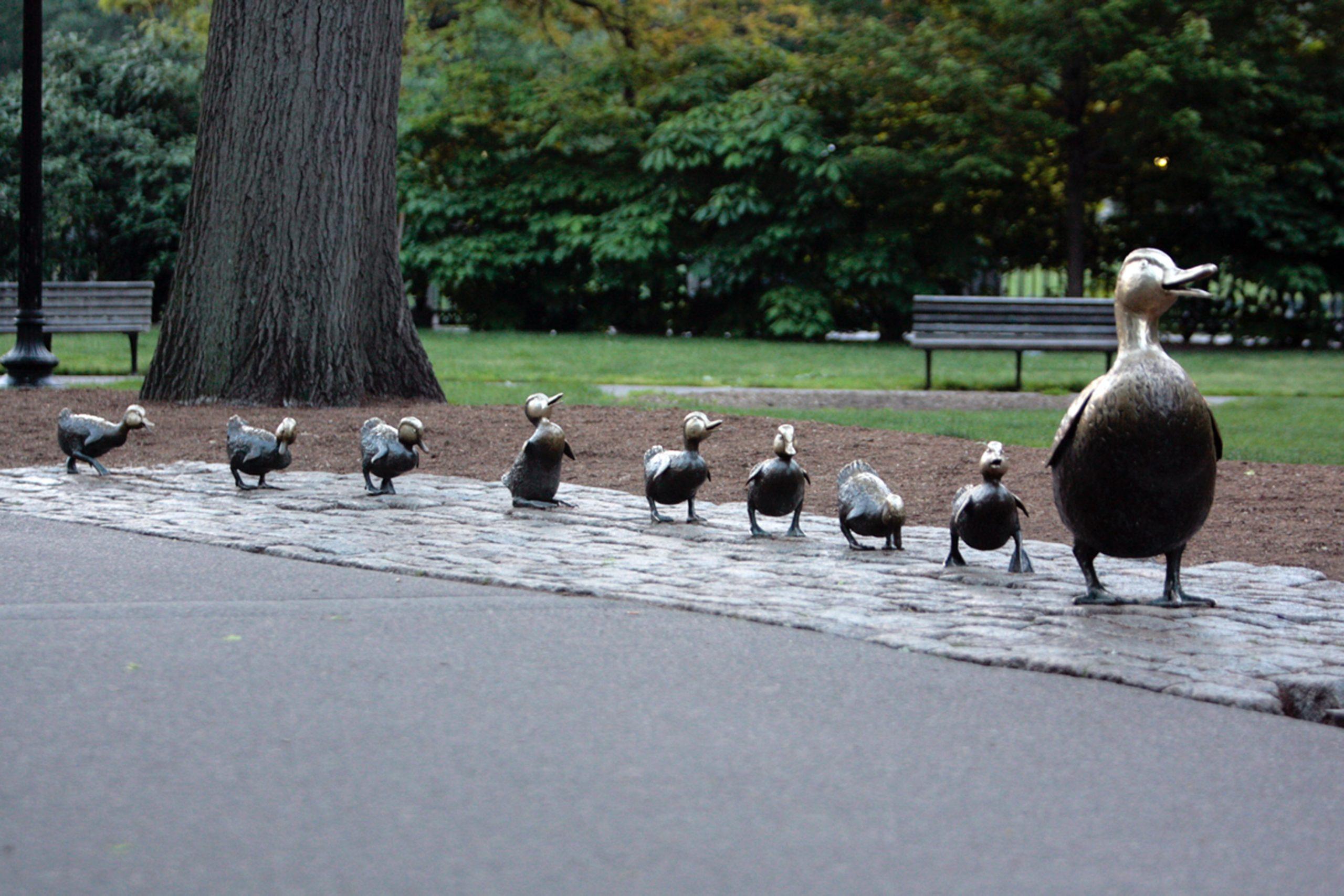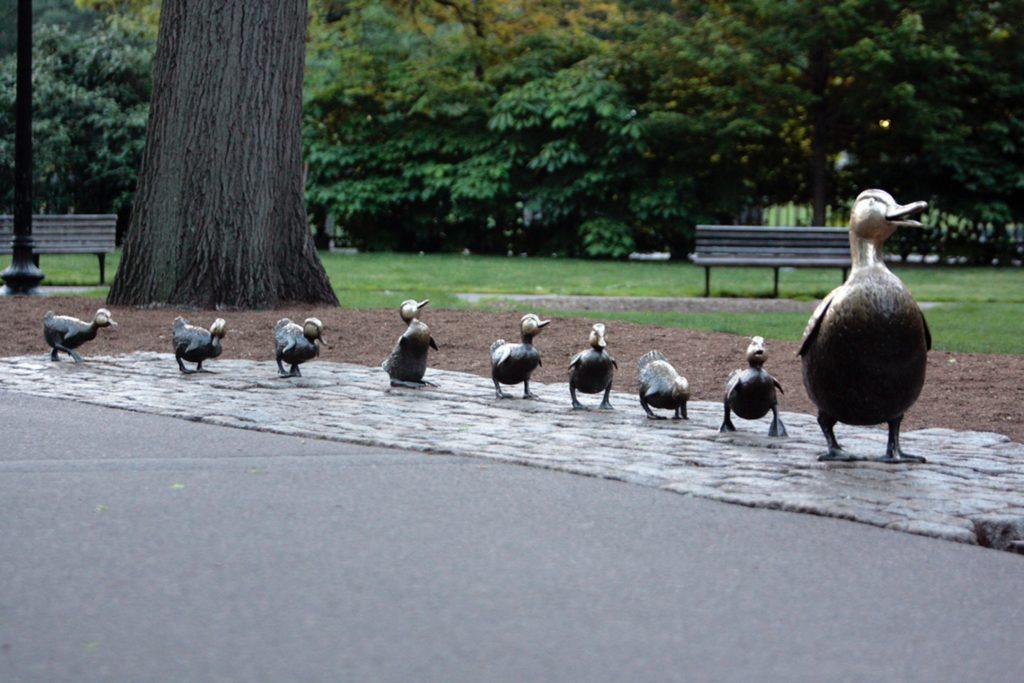Why Donor Wooing Requires WOWing
The Unfair Exchange Bernadette Jiwa, The Story of Telling.
“That will be eight dollars,’ the woman, who is carefully weighing and wrapping two serves of freshly made fettuccine for us to take home, says.
As my husband is about to hand her the cash, she takes another handful of the pasta from behind the glass and adds it to our package.
She doesn’t announce that she’s giving us twenty per cent extra for free.
She doesn’t even invite us to notice the gesture at all.
It’s enough for her that she knows she has added value.We think of value as a hard metric—the anticipated fair exchange of this for that.
But value can be a surprising, generous, unfair exchange.
Something that is given because we can, not because we must.“
Ah… value.
Wow, wow, WOW!
This is what all fundraising, fundamentally, is about.
Yet one side of the exchange is a hard metric: The donor’s cold, hard cash.
While the other side of the exchange is something decidedly less tangible: Freely given gratitude from you and your organization.
Or at least that’s how it should work.
The Difference between ‘We Must’ and ‘We Can’
What does your donor love and loyalty plan look like?
Do you even have such a plan?
If the only reason you acknowledge donations is because you feel you ‘must,’ it’s likely your donors aren’t walking away from the encounter feeling much more than matter-of-fact. The transactional receipts many organizations send out are registered by the donors as “Ho, hum. Guess I’ll go file this with my tax receipts.”
This kind of exchange is fair, sure.
But it’s not generous.
WHAT ELSE DO YOU HAVE TO GIVE?
Details

 For good things once a year is not enough. Why do so many of us only eat turkey once a year?
For good things once a year is not enough. Why do so many of us only eat turkey once a year? 
 This Thursday folks in the United States will celebrate what I consider to be the social benefit sector holiday of the year.
This Thursday folks in the United States will celebrate what I consider to be the social benefit sector holiday of the year.
 What do you spend more time on? Asking or thanking?
What do you spend more time on? Asking or thanking?

 In 2018, WSJ columnist Christopher Mims observed:
In 2018, WSJ columnist Christopher Mims observed:

 This year Giving Tuesday is November 29th. So, soon.
This year Giving Tuesday is November 29th. So, soon.
 In
In 
 You’ve got one month before fall fundraising season begins in earnest.
You’ve got one month before fall fundraising season begins in earnest.